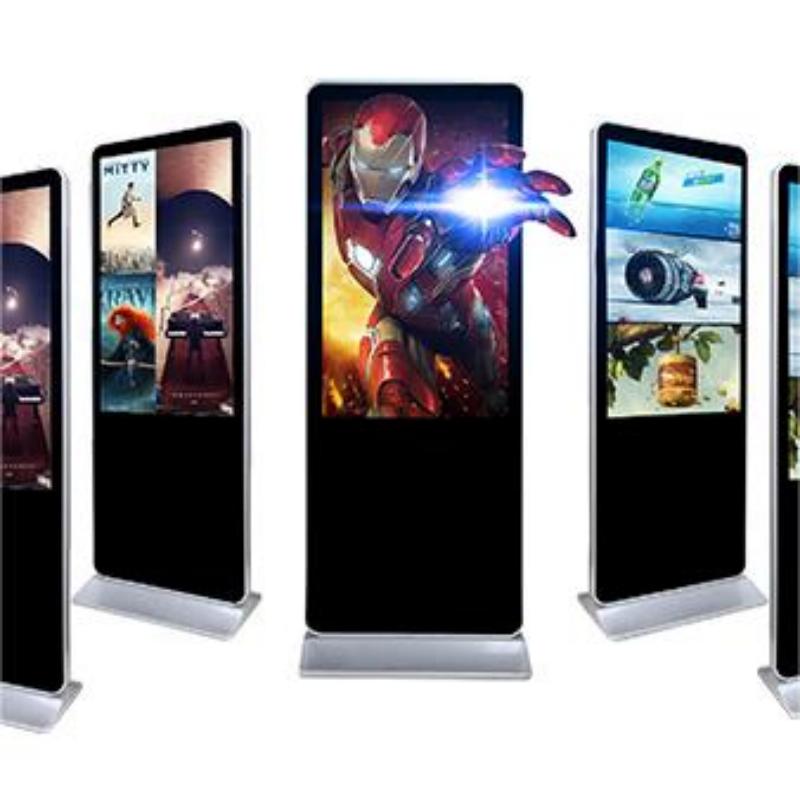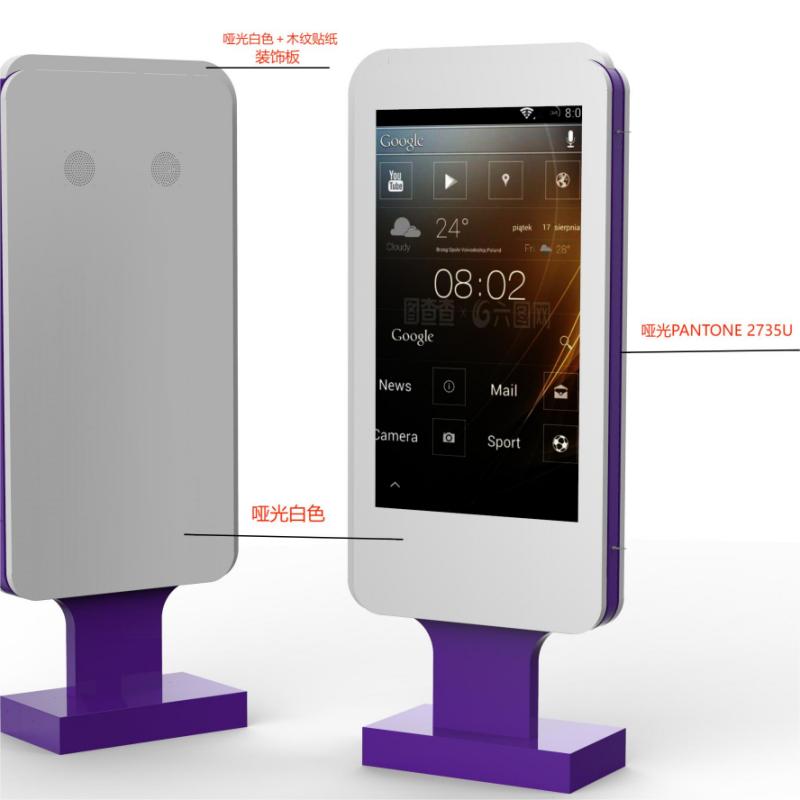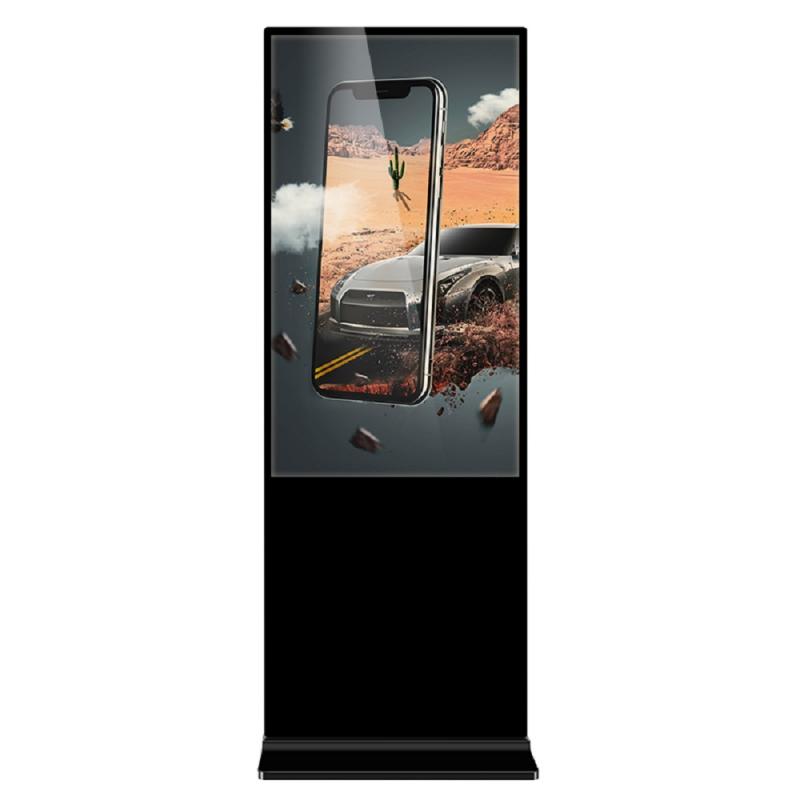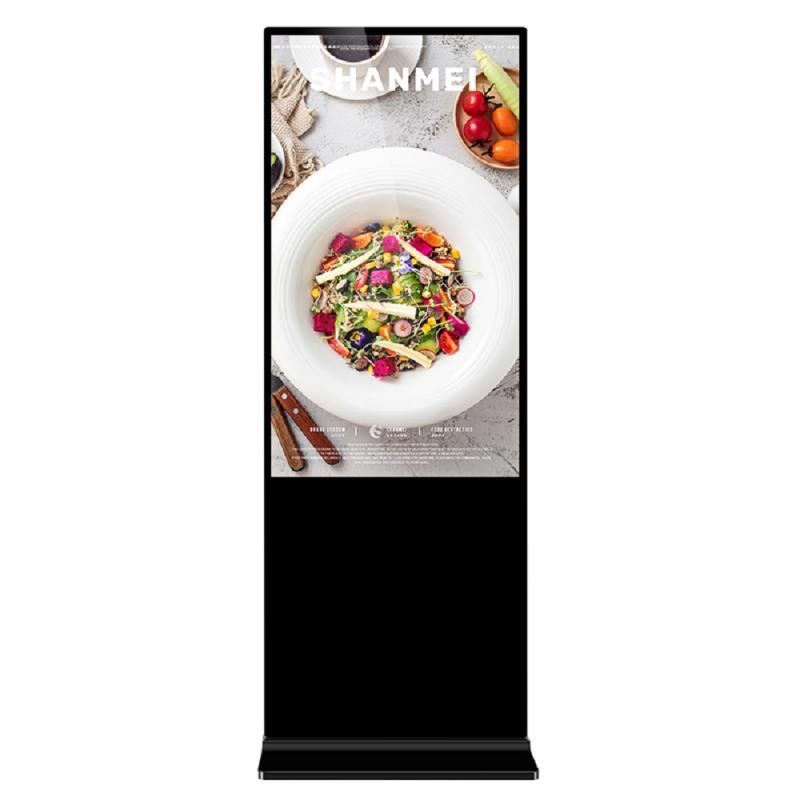
| Component | Description | Component | Description |
|---|---|---|---|
| Touchscreen Display | Interactive screen for user input and navigation. | Processor | Central unit that controls and processes operations. |
| Enclosure | Protective housing, customizable in design and material. | Operating System | Software platform managing hardware and applications. |
| Connectivity Options | Includes Wi-Fi, Ethernet, and Bluetooth for network access. | Peripherals | Additional hardware like card readers, printers, and scanners. |
| Power Supply | Electrical system providing power, often with backup options. | Mounting Solutions | Installation methods like floor-standing, wall-mounted, or countertop. |
| Speakers and Microphone | For audio interaction, voice commands, and video playback. | Cooling System | Mechanisms to prevent overheating and ensure smooth operation. |
| Security Features | Tamper-proof design, secure locks, and data encryption. | Remote Management Tools | Software for monitoring, updating, and troubleshooting. |
Retail: Product browsing, self-checkout, and promotions.
Hospitality: Check-in/out, concierge services, and information.
Healthcare: Patient registration, appointment scheduling, and information.
Transportation: Ticketing, check-in, and travel information.
Banking: Account management, transaction processing, and service requests.
Public Services: Information dissemination, bill payment, and service applications.
Entertainment: Ticket booking, event information, and interactive exhibits.

Improved Customer Experience: Provides quick, self-service options, reducing wait times and enhancing satisfaction.
Operational Efficiency: Automates routine tasks, freeing up staff for more complex duties.
24/7 Availability: Offers round-the-clock service, ensuring continuous customer support.
Cost Savings: Reduces labor costs by handling transactions and information dissemination independently.
Increased Revenue: Facilitates upselling and cross-selling through targeted promotions and advertisements.
Valuable Data Collection: Captures user interaction data for insights into customer behavior and preferences.
Brand Engagement: Enhances brand presence and consistency through customized interfaces and content.
Accessibility: Provides services to a wider audience, including those with disabilities, via ADA-compliant features.

Approach the Kiosk: Stand in front of the kiosk within reach of the touchscreen display.
Initial Interaction: Follow on-screen prompts to begin; this may include a welcome message or main menu options.
Select Desired Service: Use the touchscreen to navigate through the menu and select the service or information you need.
Input Information: Enter required data, such as personal details or search queries, using the on-screen keyboard or peripheral devices like card readers or barcode scanners.
Follow On-Screen Instructions: Continue to follow the step-by-step instructions provided on the display to complete your transaction or receive information.
Confirm and Finalize: Review the information or transaction details. Confirm your selection to complete the process. If applicable, collect any printed receipts or documents from the kiosk.
Exit: Once done, follow any final instructions to log out or return to the main menu. Move away from the kiosk to allow the next user to access it.

The cost of an interactive kiosk display depends on hardware, software, customization, and deployment scale. Basic models start around $2,000, while advanced, customized units can range from $5,000 to $10,000 or more. Additional costs include installation, maintenance, and software updates.
Despite the initial investment, interactive kiosk displays offer significant ROI. They reduce operational costs by automating routine tasks and minimizing staff needs, leading to long-term savings. Enhanced customer satisfaction through faster service increases loyalty and repeat business. Kiosks also enable upselling and cross-selling via targeted ads and promotions, boosting revenue.
Streamlined payment processes and reduced transaction times increase sales volume, while valuable data collection offers insights into customer behavior, informing business strategies and marketing efforts. ROI is typically realized within the first year, with many businesses seeing payback in 6 to 12 months. The combination of cost savings, revenue generation, and improved customer experience makes interactive kiosks a worthwhile investment.

Design and Branding: Customizable enclosures with company logos, colors, and unique designs to match brand identity.
Display Size and Type: Options for different screen sizes (e.g., 15", 22", 32") and types (e.g., LCD, LED, touchscreen).
Software Integration: Tailored software solutions to integrate with existing systems, POS, CRM, and custom applications.
Hardware Components: Selection of peripherals like card readers, barcode scanners, printers, cameras, and NFC/RFID readers.
Connectivity Options: Custom network configurations, including Wi-Fi, Ethernet, and Bluetooth for seamless communication.
User Interface: Customizable interfaces to enhance user experience, with multi-language support and accessibility features.
Security Features: Enhanced security options such as biometric scanners, encrypted data transmission, and secure access panels.
Mounting Solutions: Various mounting options, including floor-standing, wall-mounted, or countertop models, to suit different environments.
Power Supply: Options for different power configurations, including battery backups and solar power for outdoor use.
Business Needs: Define the primary purpose and functionalities required from the kiosk, considering target audience and use cases.
Budget: Establish a budget that covers initial purchase, installation, and ongoing maintenance costs.
Vendor Reputation: Research and choose reputable vendors with a track record of quality products and reliable support services.
Scalability: Ensure the kiosk solution can scale with business growth and accommodate future expansions or upgrades.
Warranty and Support: Consider the warranty period, support services, and availability of spare parts for long-term reliability.
User Experience: Prioritize ease of use, intuitive interfaces, and accessibility features to ensure a positive user experience.
Compliance and Standards: Ensure the kiosk meets industry standards and regulatory requirements, such as ADA compliance for accessibility.
By carefully evaluating these customization options and purchase considerations, businesses can select interactive kiosk displays that align with their specific needs and goals, ensuring a successful implementation and optimal return on investment.
What did our happy clients say?
Our new interactive kiosk display has transformed our customer service! The customization options perfectly fit our brand, and the user-friendly interface has significantly reduced wait times. Excellent investment!
The installation of our interactive kiosk display was seamless. It’s easy for customers to use and has streamlined our operations. The support team was very responsive, making the whole process hassle-free.
We are thrilled with the interactive kiosk display. It has not only improved customer engagement but also boosted our sales through effective upselling. The data insights are invaluable for our marketing strategies.
The interactive kiosk display we purchased is fantastic. It looks great, works flawlessly, and has enhanced our service efficiency. Our customers love the convenience, and we’ve seen a noticeable increase in satisfaction.